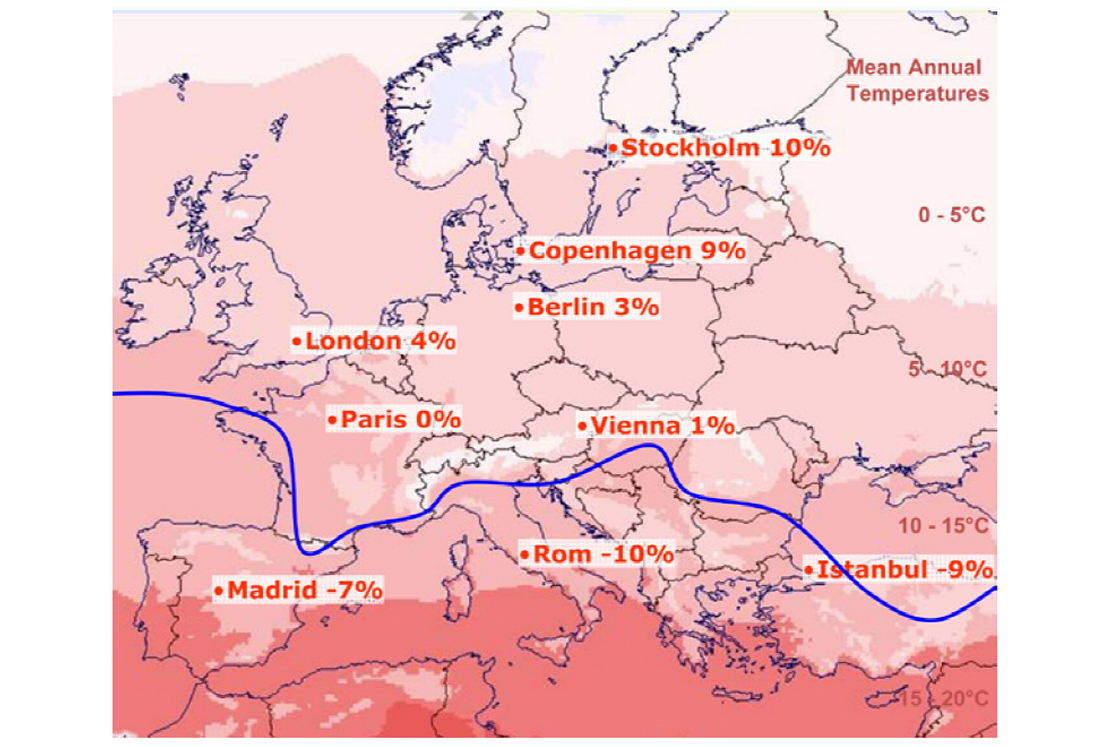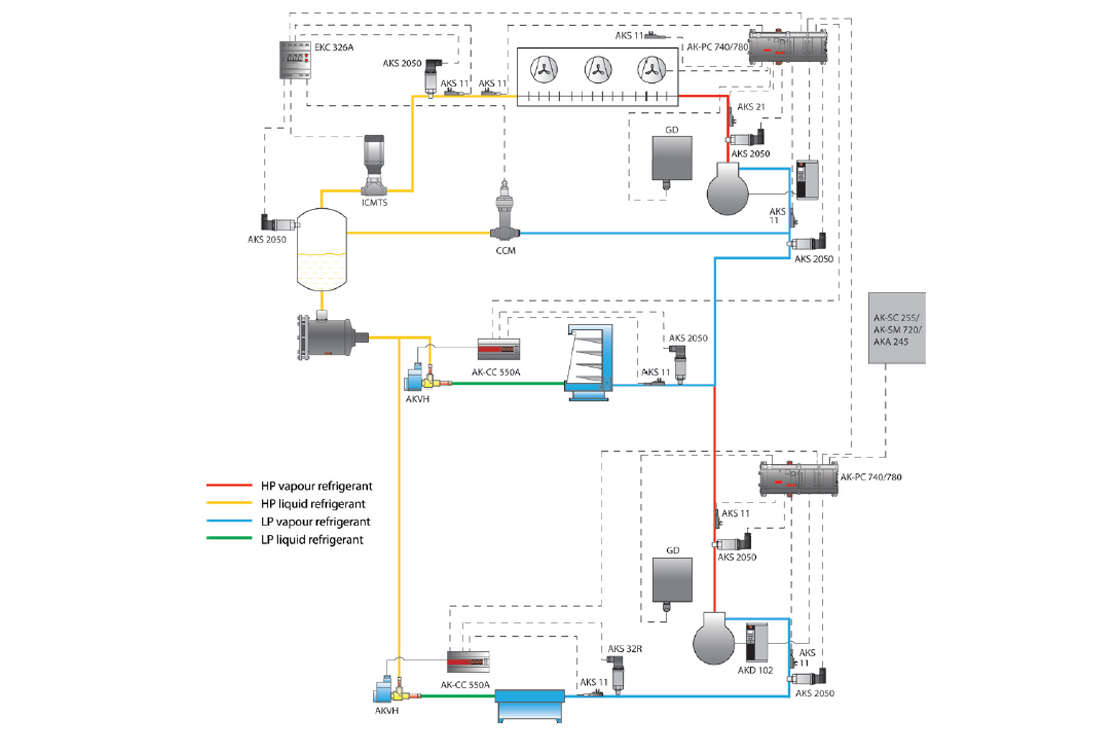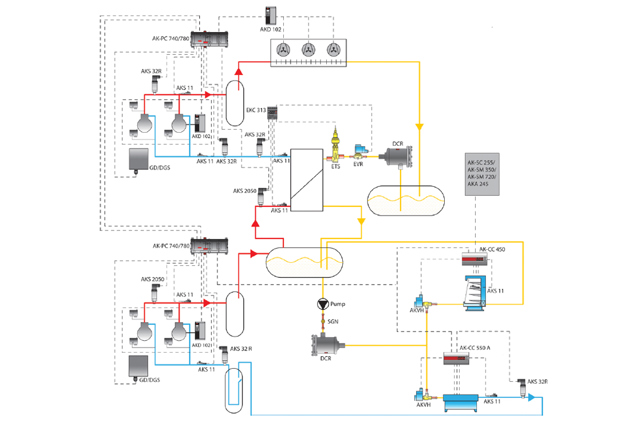It is no longer only the Scandinavian countries, who show interest for refrigeration plants with Co₂ as the refrigerant. More supermarket chains in England have also started to install Co₂ plants and it is also spreading to other European countries. Lately the Danish Danfoss sales company has experienced an interest from South American countries, who would like to learn more about how to build various Co₂ plants.
Insights
Historically Co₂ plants have been seen as a Scandinavian phenomenon because it was considered that Co₂ was only feasible in relatively cold climates. However, it has become apparent that it can compete against traditional plants even in the warmest months in Denmark where there the energy consumption should be higher.
It is however not only Danfoss who is of the conviction that Co₂ plants can be feasible in a lot of climates. Also the large supplier of refrigeration solutions to supermarkets, Carrier, is installing more and more Co₂ plants. In an article published on the website www.r744.com on the 7th of December 2011 they say that their studies show that Co₂ plants can be feasible in climates with an average temperature of up to 20-26°C. They further more say that in 2012 they will start tests on their second generation of transcritical Co₂ plants to prove that these plants are at least as energy effective as traditional HFC plants in all European climates.
The below illustration, which shows the expected possible savings in comparison to R404a pants has often been used to evaluate the feasibility of a Co₂ plant, will probably need to be revised as Co₂ plants will most likely be feasible under all European climates.

Illustration 1: The illustration shows average yearly temperatures in Europe and expected possible savings comparing to a plant with R404a.


